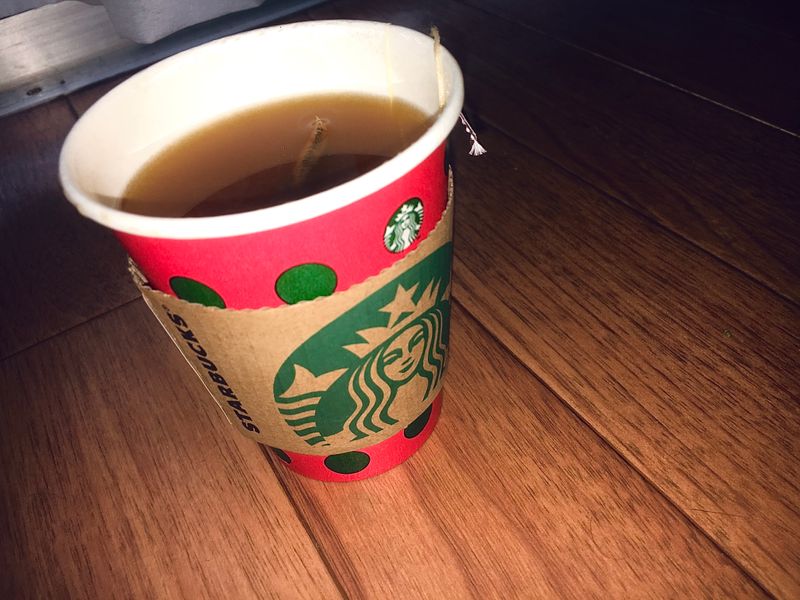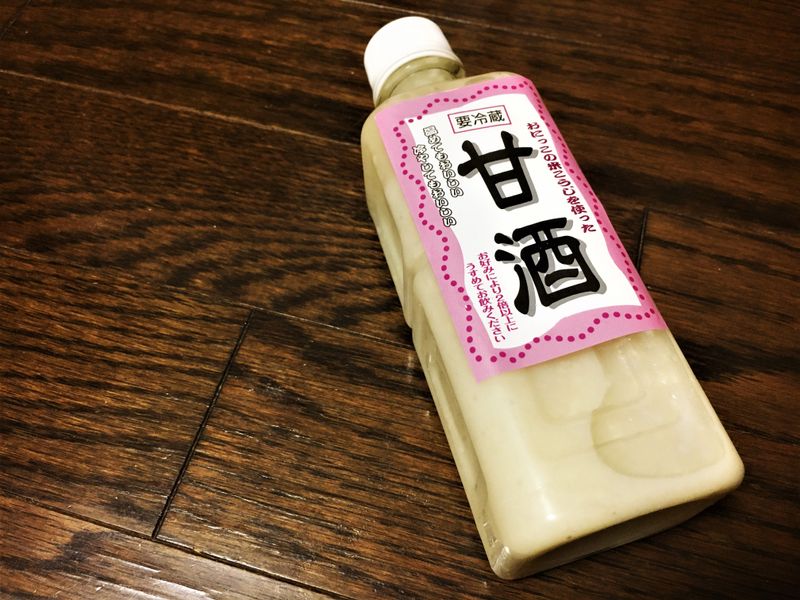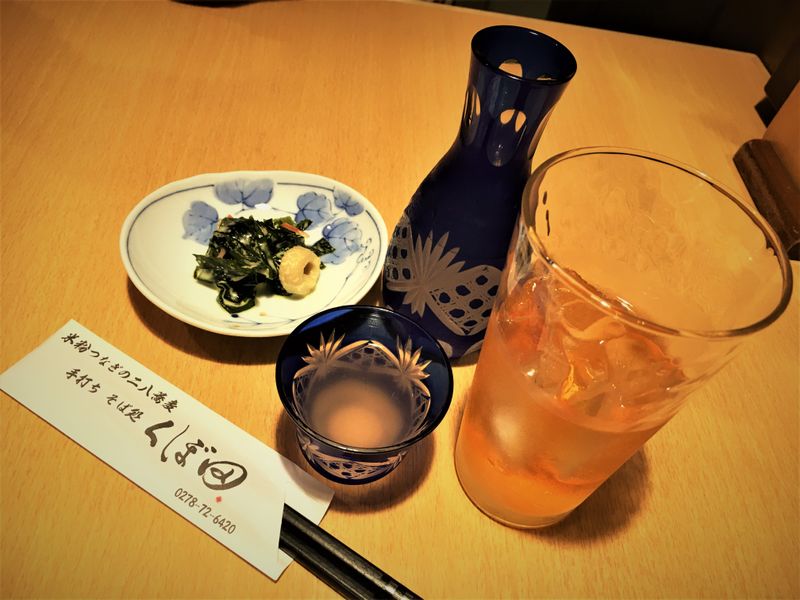The BUBBLE TEA craze finally hit Japan in 2019! You’ll see people lining up for hours just to take a sip of these chewy, sweet boba pearls from Taiwan. However, don’t let this trend avert your attention from trying-out Japanese drinks. Here are some of the 5 Japanese beverages you should try in Japan in 2020.
1. Matcha (Green Tea)
Any list of Japanese drinks to try wouldn't be complete without matcha!
Often referred to as just "green tea," matcha is a beverage that is served hot, cold, sweet or bitter, making it quite versatile. Moreover, it originally came from China but is now produced in different parts of Asia. In Japan, Shizuoka Prefecture is the largest producer of matcha, while gyokuryo is said to be the ‘most expensive’ green tea on the market.

You can enjoy matcha in a café along with a sweet treat or you could just buy a pack and make the green tea in the comfort of your own home. However, if you really want to immerse yourself in Japanese culture, you can attend a tea ceremony where you can witness how traditional green tea is gracefully prepared.

There are some places throughout Japan that offer this tea ceremony experience -- easy to find through an internet search. Tea ceremony experiences in Japan can cost from around 2,000 yen and some even offer kimono rental for a more authentic vibe. On the other hand, some of the hosts may only be able to speak Japanese, so you might need to check on this before making a reservation for your tea ceremony experience.
Aside from being a beverage, matcha is used for making delicious desserts like ice cream, cake, chocolate, and etc.
2. Yuzu-Citrus Tea
Yuzu-Citrus Tea is one of Starbuck’s items that you can enjoy either hot or cold. Its main ingredient is yuzu (hence, the name) which is a fruit that resembles a tiny grapefruit and it’s very aromatic. It is said that yuzu originated from China and it’s a hybrid of mandarin orange and ichang papeda (a kind of citrus fruit).

Yuzu-citrus tea is very refreshing when served cold because it’s not very sweet and has a hint of sour flavor making it the ideal drink during hot weather. On the other hand, when it’s cold out, yuzu-citrus tea is also perfect for warming up your body, especially if you have a cold or a sore throat! It really does help your throat to feel better!
Knowing that yuzu-citrus tea came from Starbucks can be off-putting to some people who want to avoid going to famous café chains, but don’t let that stop you from trying this drink! Yuzu-citrus tea is actually one of their best items (in my opinion) and as far as ‘I KNOW’ the Starbucks in Japan is the only one that serves it.
Hence, if you happen to be visiting Japan or there’s a Starbucks near you, make sure to try this out.
3. Nihonshu (Japanese Rice Wine)
Some might call it ‘SAKE,’ but this term means any alcohol like wine, beer, whiskey, etc. So, when you go to a Japanese bar, don’t be confused if you say to the bartender or waiter that you want SAKE, but you were asked which alcoholic beverage you want. You need to say NIHONSHU for Japanese rice wine to avoid confusion.

Nihonshu served in bamboo
Anyway, Japanese rice wine or NIHONSHU is made from fermented rice that has been polished to remove the hard outer layers of the cereal grain. It can be served both warm or cold, so you can enjoy it no matter what the season is.

The entrance at Ponshukan
Niigata Prefecture is known to produce high-quality nihonshu and it even has a VENDING MACHINE for it! This place is called PONSHUKAN and you can visit it at Echigo-Yuzawa Station or Niigata Station. You need to pay 500 yen to get in and you are then given 5 coins that you can use in the vending machines. If you fancy any of the nihonshu you just tasted, you can buy them at the store beside PONSHUKAN― it’s very convenient!

A vending machine at Punshokan
Juyondai (Yamagata Prefecture), Dassai (Yamaguchi Prefecture), and Hakkaisan (Niigata Prefecture) are said to be among the best nihonshu in Japan.
4. Amazake
Just like nihonshu, amazake is made from fermented rice. However, it is sweet, low-alcohol (or sometimes NO-alcohol at all) and aside from being a beverage, it is also used as a sweetening agent, salad dressing, dessert, and baby food!
In addition, you can drink amazake warm or cold, but most people drink it warm, especially when the weather is cold. It’s a popular drink during winter festivals.
Japan can be very hot during summer and many people suffer from heat-stroke! So, it is also very beneficial to have amazake during hot weather because it can cure the hell of ‘summer fatigue.’

Amazake is rich in amino acid, vitamin B6 and B2, glucose, folic acid, kojic acid, ferulic acid, biotin, and many more. These healthy ingredients are good for keeping stress levels low; it helps with the digestive system; it fights anemia and chronic fatigue; and it makes the skin, hair, nails, and even teeth healthy!
You can effortlessly buy amazake in any grocery stores in Japan and it is not that pricey. But I suggest you buy a brand that is a little bit expensive because it has a richer taste—totally worth it!
Or, you can just make your own according to your liking. There are some easy recipes online that you could follow.
5. Umeshu (Plum Wine)
Umeshu is a Japanese liqueur that is made from unripe ume (or Japanese plum), shochu (Japanese distilled drink), and sugar. During the early times, this beverage was actually used as a medicine for sore throat.
Plum wine is very easy to make; hence many people in Japan make their own usually by the end of June to early July, because it’s the season of Japanese plums. So, expect your local grocery stores in Japan filled with ume, big jars, and rock sugar during this period. Sometimes, they are even sold as a set with shochu, which really entices people to create their own plum wine concoction.
It takes at least 6 months for the umeshu to be ready, but you can let it sit longer if you want it to have a richer taste.

Plum Wine has a sweet and sour flavour , which is a perfect drink for those who are not used to the bitter taste of alcohol. In addition, umeshu can be both enjoyed as a cold or warm drink; however, it is often served cold than warm.
In addition , some people use this liqueur for making other cocktails or desserts, so having umeshu in your house can be handy especially if you are inviting people over.
Have you tried any of these drinks? What’s your favorite?
Follow me in Instagram:
@lykishkeane (travel)
@lykishbella (arts and crafts)











0 Comments